
Welcome to the breeding diaries.
Sharing information.
The idea for the breeding diaries pages for this web site began several years ago. I wanted a place on the web site to share breeding information from my own successful breeding's. I think it is important, especially with less commonly bred species, that breeders share accurate information in order to help other potential breeders have success in the propagation of these amazing reptiles. As with the rest of this web site I hope that some will find the information here useful.

All the information provided here will be from my own personal records and experiences of species that I have successfully bred.
On this page I will provide general information that I think is relevant to breeding success from my own collection. Species specific information can be found on the individual species diary pages. (Links at the bottom of this page.)
Your animals.
An important factor (in my opinion) is that apart from a couple of snakes, all the animals in my collection were obtained as juveniles, ranging from between a couple of months old and two years of age when I obtained them, with the majority being under a year old. I believe that obtaining young animals gives them time to cycle to the rooms annual rhythms as well as to the keepers nuances over a number of years whilst they are maturing.
Obtaining young animals gives the keeper the opportunity to have a complete understanding of their history, such as feeding, growth, health and individual behaviour/personality by the time they reach sexual maturity.
For example, female pythons will show slightly different behaviours when developing follicles to their normal behaviour. If you as the keeper have a good understanding of your animals "normal" behaviour you are more likely to see when it's time to pair animals up rather than taking a rough guess.
By obtaining young animals I have been able to grow all my animals slowly with a view to getting females to five years or older, depending on species, before attempting to breed any of them.
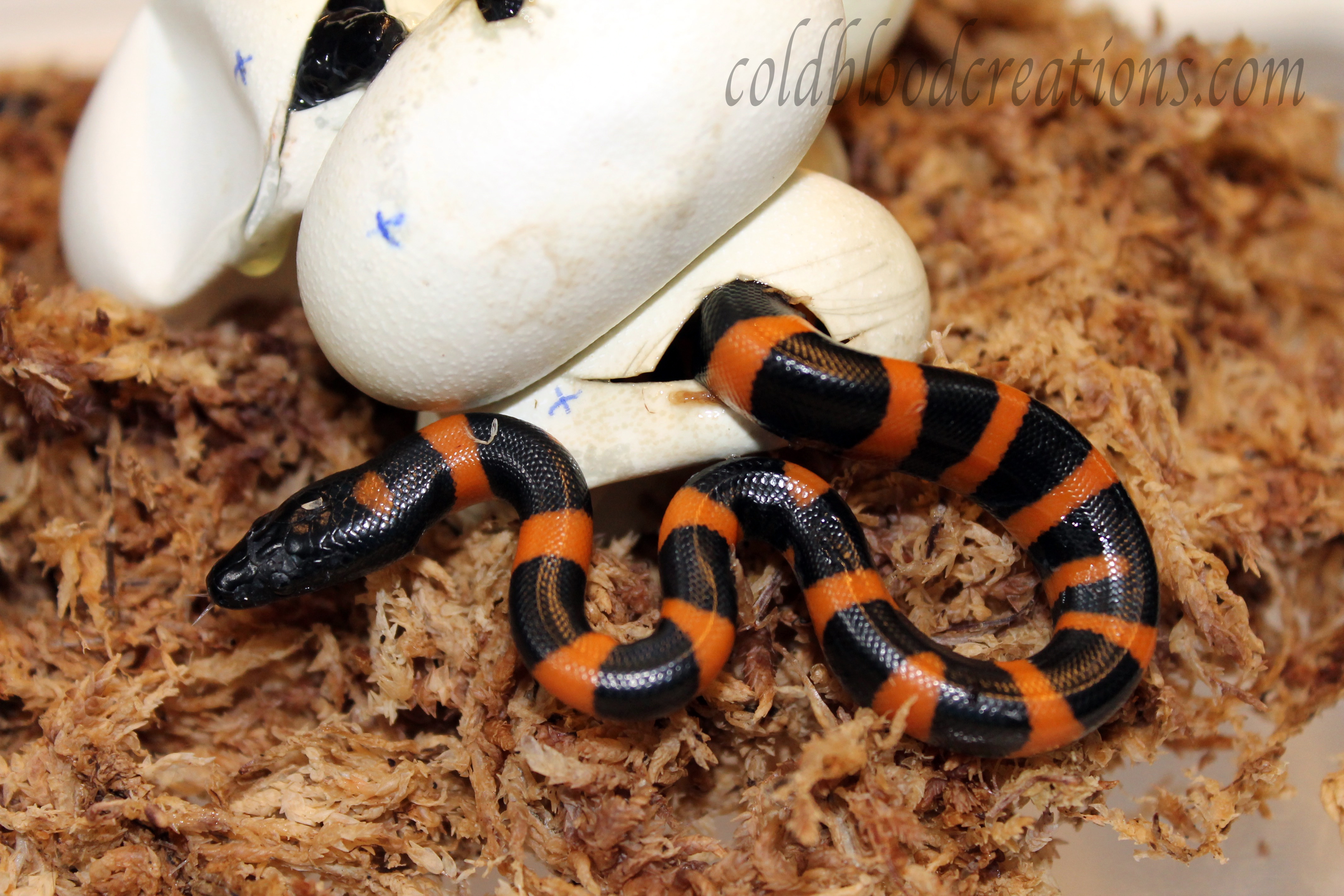
The importance of food.
I now believe that food cycling plays a much larger role in reproduction than some other stimuli with certain python species, based on some personal observations over the last decade. I believe that it is actually food cycling in combination with temperature, humidity and light cycles, that induce some species to begin follicle development and so I think food plays a vital role in breeding some of these species.
To me it seems possible that some species have evolved with the stimulus to breed when there is an abundance of prey to feed on and to feed any young that are produced rather than the actual weather cycles themselves. This abundance of prey is dependant on the annual weather cycle in the snakes natural habitat. Combining food cycling at the same time as manipulating other parameters gives the best chance for positive outcomes in any breeding trials in my opinion.
I cycle feed all animals in my collection other than young animals under two years of age, even if I don't intend to breed the older animals. In other words, all animals in my collection over to years old are cycle fed every year.
I feed sparingly throughout the summer, feeding generally around 5% to 10%-15% of the snakes body weight per meal at around three week intervals depending on the individuals condition.
For example females that have laid a clutch of eggs the previous season will maybe get 15% whereas a male might only get 5%.
In late summer (mid August through September) I increase the females feeding slightly. Depending on the specific female and her condition this may be by offering a couple of meals of slightly larger prey (15%) with maybe a two week interval, or by offering smaller meals 5% or 10% at weekly intervals, or a combination of both.
Males I tend to keep on the same three week intervals throughout the summer as I think, males are triggered to breed by females releasing pheromones rather than other stimuli.
In October I will reduce the size of meals for both males and females giving the last small prey item <5% body weight around mid October. This allows two weeks before I start cooling night temperatures for the snakes to digest the last meal and potentially clean out their system. Generally I do not offer food throughout November, December or January to any animals. That being said, depending on species there maybe occasions where small meals are offered to certain animals.
In February after night temperatures have risen again I will feed a smaller than usual meal to females that have not been breeding and are interested in food as a first meal and then again feed quite large prey a week or two later for a couple of meals. If this doesn't induce follicle development or if no breeding has been observed by the end of March I resume summer feeding schedules for the females.
With males that will take food I start getting them onto a summer feeding schedule again in March. Often males that are breeding will not show an interest in food at this time.
I believe that with the females of some species (such as white lipped pythons) it is the provision of these larger than normal and or more frequent meals that trigger a reproductive cycle. There is more information on the white lipped python breeding diary to help support this theory.
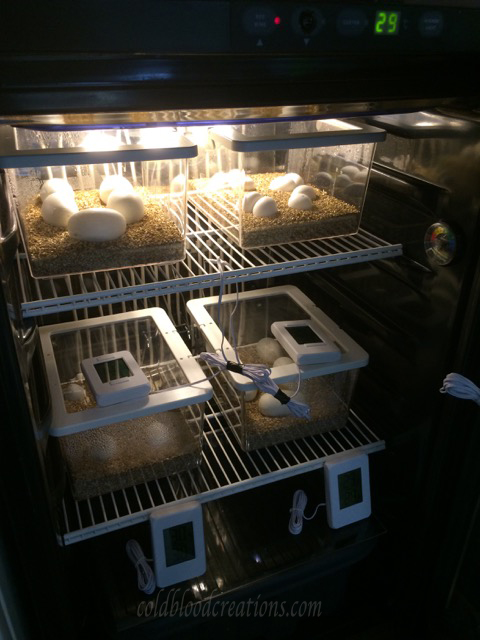
Egg incubation.
I incubate all my python eggs at the same temperatures and using the same method.
I incubate all my eggs on a vermiculite substrate. This worked for me with good results in the 1990's hatching python eggs and so I still use this method. I have built a converted wine cooler incubator.
The incubator is heated with heat cable running from a pulse proportional thermostat. The cable sites on the back wall and has a perspex screen in front of it with a 12cm gap at the top. At the bottom of the perspex is a computer fan that draws the air down from the top of the incubator, over the heat cable and blows it out at the bottom of the incubator. There is also a large water container at the bottom of the incubator that serves to keep the heat stable should the power go off for a few hours and also keeps the general humidity in the incubator high.
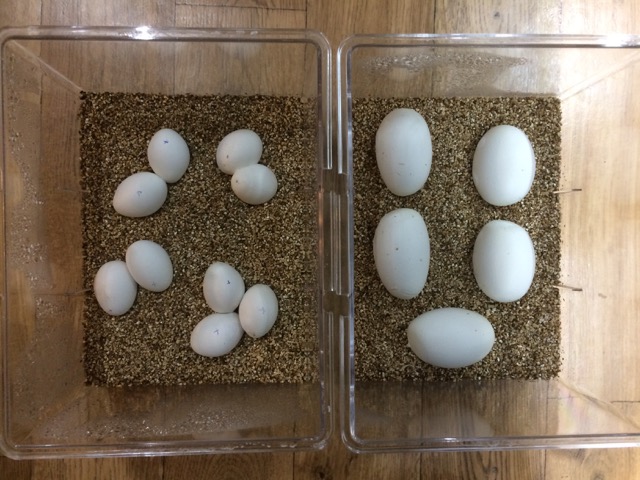
I run the incubator at between 30C and 31C, aiming for 30.5C (86F - 87F) and the probe sits in the incubator just in front of the fan rather than in an egg box. This seems to provide a very stable environment with evenly distributed heat throughout the incubator. Over the last decade this has given excellent results with high percentage hatch rates of viable eggs. There is more information in the individual species diary pages. (links at the bottom of the page).
Your geographical region.
One thing that I think is very important to take into account is that I live in Sweden. This may mean that my summer and winter temperatures, annual humidity cycle and barometric pressures may deviate from yours. All of these factors have an effect on my room and the individual terrariums within it and so I believe it is important to understand the dynamics of your own room and the effect it has on your terrariums. What I do works for me with my collection in my current location. It wont necessarily work for someone in another location without some adjustments.
The following are all factors that can be effected by your geographic location.
Temperature.
I generally keep all my animals at roughly the same temperatures. The terrariums are heated using habistat 75W reptile radiators being run by pulse proportional day/night stats. I provide a year round basking spot that gives a daytime high (DTH) of 30C (86F) and this provides a background temp of 28C (82.5F) which drops to around 25C (77F) at the cooler side of the terrarium, depending upon the time of year.
I also provide a year round night drop of roughly 4C (7.3F) for twelve hours each night.
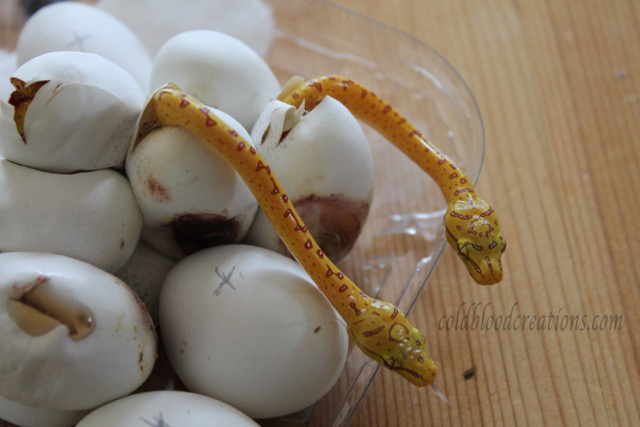
This is where the dynamics and natural fluctuations in my room come into play.
I live in an old wooden house, with bad insulation in a cold climate. This means that my house gets cold at night in the winter. It also means my house stays quite warm at night during the summer. Although I provide a night time drop all year round, my room doesn't drop much below 26.5C (80F) at night during June, July and August. This also effects the cooler side of he terrariums during the hottest months of the year, meaning instead of 25C (77F) on the cooler side they might only drop to 27C (80.6F) during the day.
The room naturally starts to cool at night during mid August through September and so tends to ramp down over the course of a number of weeks to under 24C (75.2) both day and night by late September.
At the beginning of November I begin further lowering the night time temperatures gradually over the space of two or three weeks to get them down to 22-23C (71.6-73.4F) at night on the basking spot. These temperatures stay this way throughout December and the first week or two of January (DTH is still 30C) after which I start to raise the night time temps again over the space of two or three weeks to achieve 25C (77F) at night on the basking spot.
During December I will also, with some species, drop the night time temperature still further, down to around 20C (68F) for one or two nights at random periods through the month and then bring back up to 22-23C (71.6-73.4F) a day or two later. I have no set routine for this but do it maybe two or three times during December.
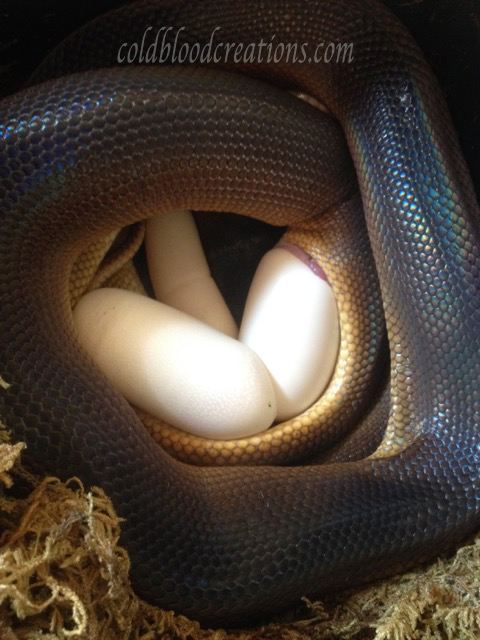
So in summary, without taking into account the dynamics of the room, I heat my terrariums to achieve a basking DTH of 30C with a background air temp of 28C and a cool side of about 25C for twelve hours a day. This drops to a night time low (NTL) of 25C from February to November and from November to January I provide a NTL of 22C.
So the way my heating and thermostats are set up looks something like this,
Month................DTH.............NTL.
January...............30C..............22C.
Febuary...............30C...............25C.
March..................30C..............25C.
April....................30C..............25C
May.....................30C..............25C
June.....................30C..............25C
July......................30C.............25C
August..................30C.............25C
September.............30C.............25C
October.................30C.............25C
November.............30C..............22C
December..............30C.............22C
In reality with the room dynamics and local climate, what I actually have is something more like this,
Month................DTH............NTL.
January...............30C.............22C.
Febuary..............30C..............25C.
March.................30C.............25C.
April...................30C.............25C
May....................30C.............25C
June....................31C.............26C
July.....................32C.............28C
August.................31C.............27C
September............30C.............25C
October................30C.............25C
November.............30C.............22C
December..............30C.............22C

Humidity.
I don't manipulate humidity a huge amount in any terrariums. In most of my terrariums I use a soil, sphagnum, coco chip mix for substrate. This mix holds moisture well and keeps my terrariums at around 60%-70% most of the year with a weekly watering/sprayings of the substrate when needed. During the winter months I have wood burners that heat the house. These dry the ambient air in the house quite a lot. This, mixed with the fact that Swedish winters have quite low humidity anyway, means that the ambient humidity in my terrariums drops during the cooler winter months down to around 50%. This naturally rises again in the spring.
During November and December I might spray terrariums more often if any animals are in a slough cycle. I also tend to spray terrariums more heavily when I start warming terrariums up again mid January for several weeks.
The way my climate and room work together with humidity and temperature provide a yearly cycle in the terrariums, that for me works very well.
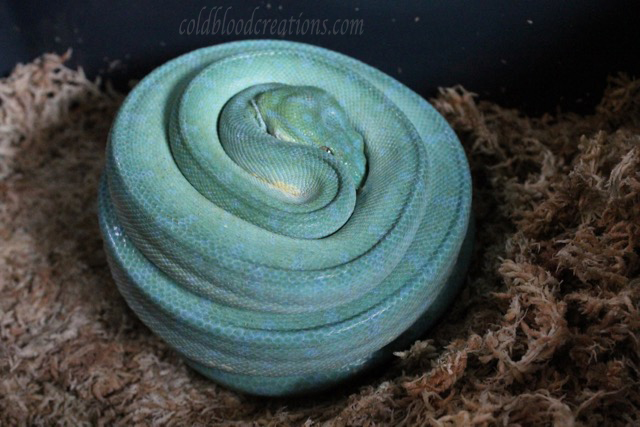
Light cycle.
I maintain a light cycle of 12 hour on 12 hours off year round provided by Arcadia jungle dawn LED lights. In years past I have also used halogen lights, full spectrum fluorescent lights and cheap led lighting but with all these I have always used a 12/12 cycle. My room has several large windows that are fitted with black out roller blinds. These still allow some light to filter into the room however and so in the spring as the daylight in Sweden increases there is some ambient light in the room when the terrarium lights are off in the morning and evening. This increases in the summer as there is only around three hours of darkness in summer where I live. This ambient light drops again in the autumn until the darker winter months of October through March where the room is once again completely dark when terrarium lights go off. The amount of ambient light in the room would allow you to see reasonably well once yours eyes have adjusted but no so light that it allows you to see into the terrariums.
Species, Breeding Diary Links.
Leiopython albertisii, Northern white lipped pythons.
Morelia azurea pulcher, Green tree pythons.
Bothrochilus boa, Bismarck ringed pythons.
Morelia spilota cheynei, Jungle carpet pythons.
